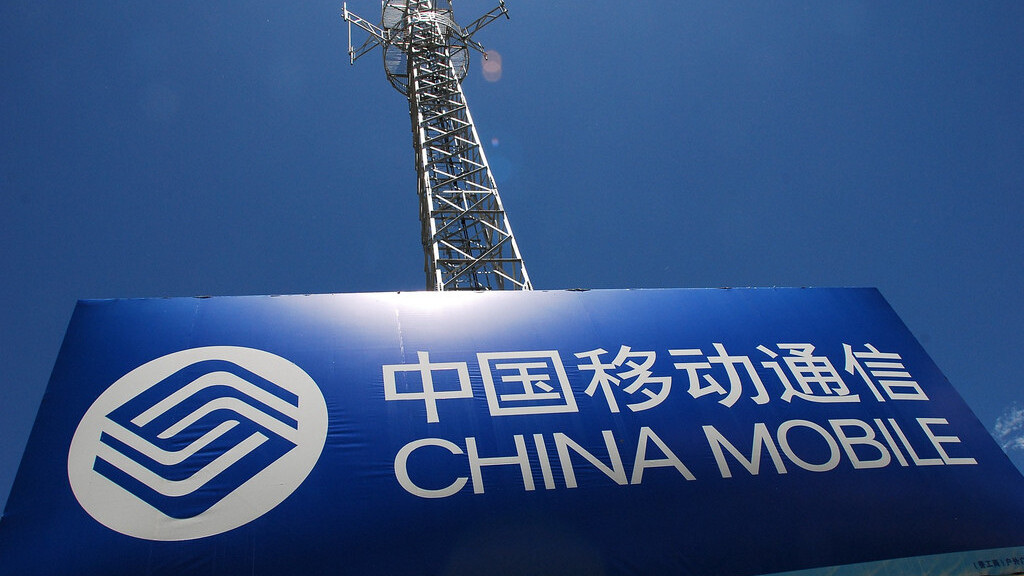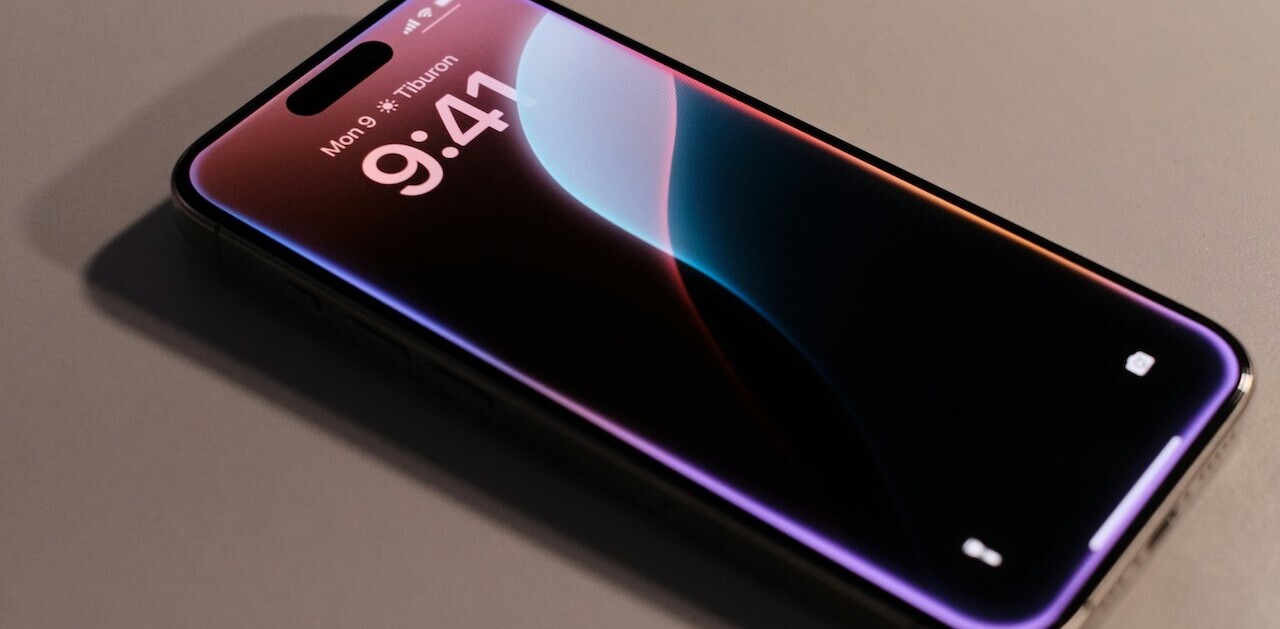
Recent rumours have suggested that the next iPhone, which is speculated to arrive in the latter part of the year, will finally see Apple include support for China Mobile and its unique 3G (TD-SCDMA) network.
The main issue has circled around support for the network but, according to supply sources close to Sterne Agee analyst Shaw Wu, plans are in place to launch with the super-carrier.
The duo have been in talks for some time and a tie-up would massively increase Apple’s reach, since 660 million plus subscriber strong China Mobile is the world’s biggest operator and has the largest share of China’s 3G mobile users – not to mention more than 15 million iPhones on its 2G network already.
However, Apple is already seeing brisk growth in China. The firm’s profits rose threefold year-on-year as it posted revenues of $7.9 billion during the first quarter of 2012. There’s no doubt that China Mobile’s addition wouldmassively increase Apple’s potential but the operator also has significant amounts to gain from any possible relationship.
iPhone users are more active on the Web in China, as a recent Baidu report pointed out, and the operator needs to bolster its 3G service and further develop its monetisation strategies.
As well as shifting its 15 million existing iPhone users (which now may be closer to 20 million now), it will get a bump of ‘premium’ users for its 3G service; which outnumbers that of China Mobile or China Unicom, but represents just 38.5 percent of the country’s 3G users.
So while pundits may talk about the importance of the deal for Apple, there’s another story that will give the world’s largest operator a much needed opportunity to compete for high-end users and monetise its 3G service.
China Mobile continues to press ahead with 4G (TD-LTE) plans but such a service is not expected to arrive for at least 2 years, leaving a real need to boost its 3G service now, before it loses the advantage of the colossal user base it has built up.
Apple is negotiating to extend its existing three year partnership with China Unicom, while it added China Telecom as a partner in March.
It remains unclear exactly how many devices are in China, though a number of China-based reports indicate that Android is well ahead of iOS in the country
A report from Stenvall Skoeld and Company speculated that 21 million iOS-based devices are active in China country, while a 2011 sales report Analysys said Apple had a 5.7 percent share of smartphones sales in the final quarter of the year. That put it some way behind Android, on 68.4 percent.
A recent iiMedia study found that — during the first quarter of 2012 — Apple accounted for 12.4 percent smartphones in China; the Google-owned platform registered 55.4 percent.
China lacks the wide-range of device subsidies that allow users to pick up top-end devices for fractions of the unlocked price. Instead, with most preferring pre-pay tariffs, they are required to pay hundreds of dollars for an iPhone or Samsung Galaxy S3.
This has led to a range of local operators building ‘forked’ Android platforms, which can support the development of ‘affordable’ smartphones. With Internet giants like Baidu and Alibaba among the many pioneering this ‘revolution’, it remains to be seen if Apple will ever gain anything like parity with Android in China.
Alibaba’s new Haier Zing device is $157 (999 RMB), which is a similar pricepoint to Baidu’s upcoming Changhong H5018, which it says will be the first of many devices on its cloud-centric operating system. For a little extra money, Xiaomi’s $320 MI-One has become hugely popular – showing that the iPhone isn’t for everyone in China.
For Apple, a move to work with China Mobile, and thus cover all three operators, will see it take a significant step towards lowering the barrier of entry through increased competition. The operators will need to massively increase device subsidisation if the cheaper devices continue to gain significant market share.
Image via Flickr / The Tenth Dragon, all subscriber data is taken directly from operators and valid as of May 2012.
Get the TNW newsletter
Get the most important tech news in your inbox each week.






